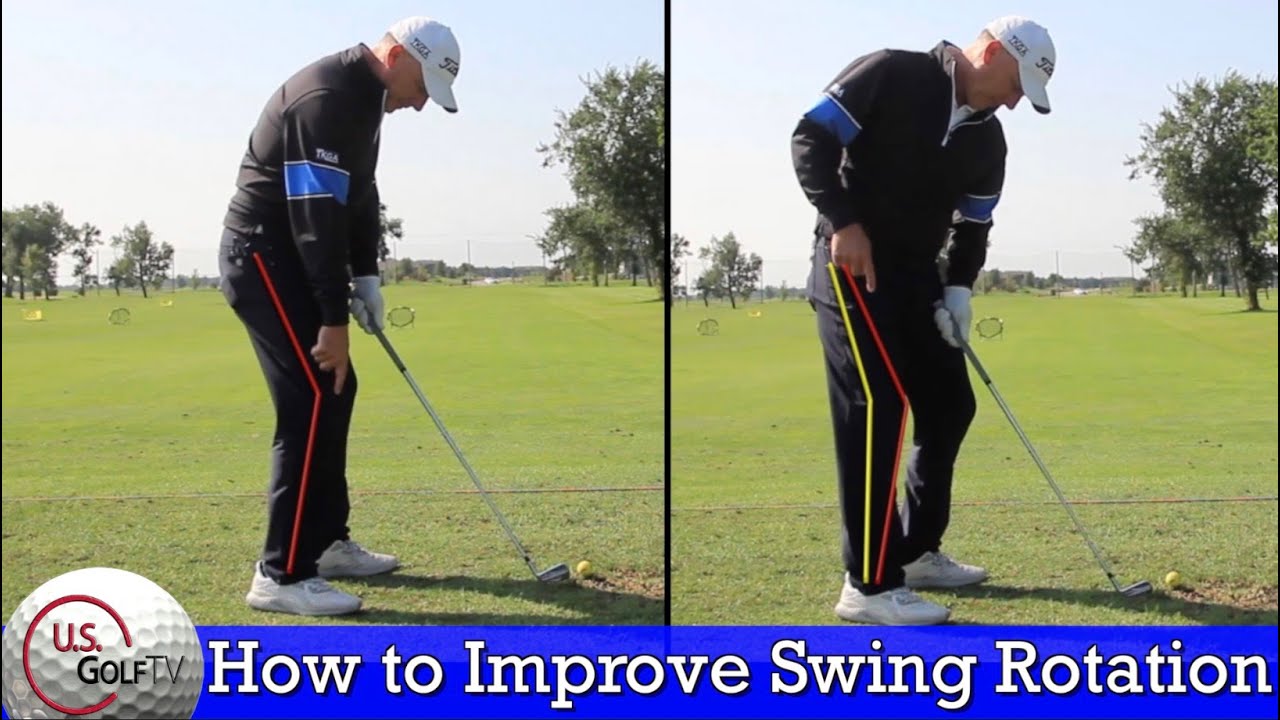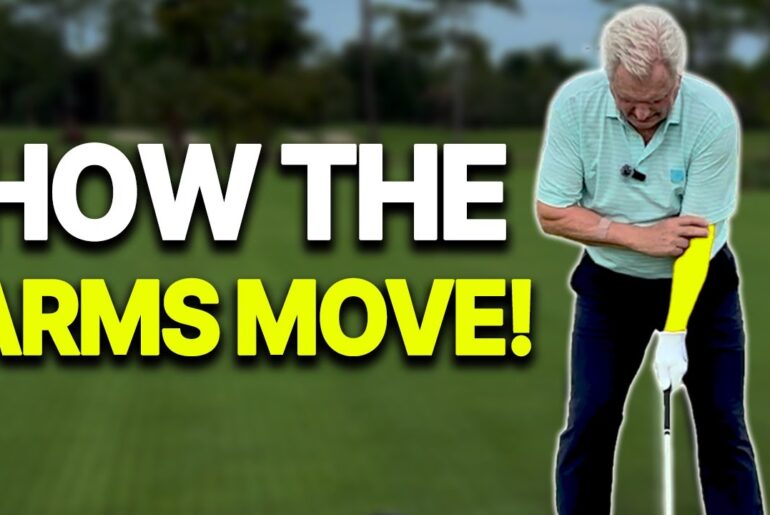No matter how fit we may be, we’re all bound to eventually lose some of our flexibility and range of motion. It could be the result of an injury. Or, as in my case, it could just be the side effect of getting older.
If you’ve lost some of your golf mobility and your swing is suffering because of it, don’t worry. A lot of golfers come to my lesson tee with the same problem, and there’s always a solution. Whether your golf swing has gotten stiffer due to injury or due to age, I can help give you an easy golf swing moving forward.
► Subscribe to USGolfTV:
I’m going to share three simple tricks to help you rediscover your old mobility and start hitting the ball farther. And in case those don’t help, I’ll also share one (slightly unorthodox) bonus tip that could still save your swing.
First, let’s clarify the underlying concept that explains why these tips work.
The Key to Golf Mobility: Why a Little Tension Can Have a Big Impact
We tend to think of tension as a localized issue. That is to say, we think of a stiff elbow as only a stiff elbow. We’d still say we have full mobility in the wrist and shoulder.
However, in the context of a golf swing, there is no such thing as a single restricted segment. A golf swing is not a series of movements, but a chain of movements, with each motion linked to the motions before and after. If any segment of your swing is locked down or too tight, both the segment that precedes and the segment that follows will suffer from that tension.
On the other hand, if you’re able to gain mobility in one area of your swing, you’ll see the results spread to the entire chain. You’ll find a fuller range of motion, which generates more power, more speed, and more distance.
So, don’t be fooled by the simplicity of the golf drills and tips that follow. These small changes can amount to major improvements in your golf rotation.







